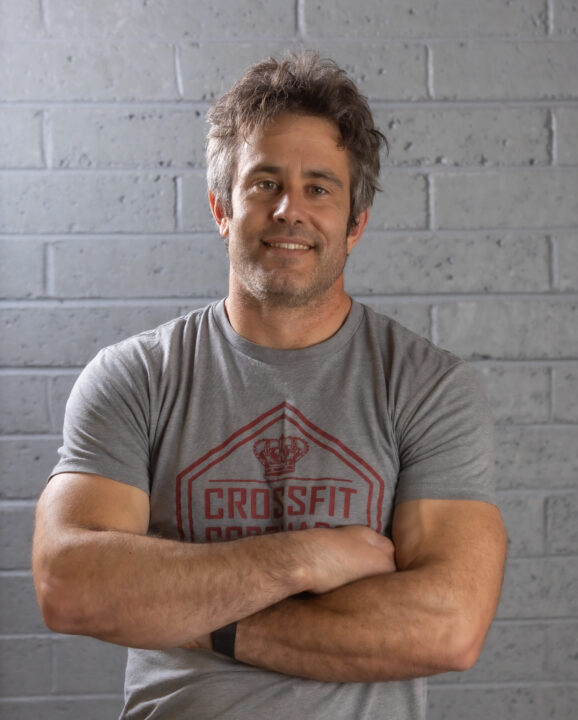Most of us have had or have at least heard the term overuse. But what does that really mean? Most of the time its attributed to overdoing it on some movement or activity. Too often, the treatment by the medical community is to rest by doing nothing. This is problematic for a number of reasons. Before we get into those, we need to delve into more of what exactly constitutes an overuse injury.
By definition, an overuse injury is when stress is occurring faster than can be recovered. As legendary weightlifting coach, Mike Burgener, would say, “it’s not overtraining, it’s under recovery.” If the body can’t recover from the applied stress, tissue damage occurs. If this goes on too long, we develop an injury, for example, Achilles tendinopathy. Overtime, the tendon can develop calcium deposits, bone spurs, and permanent degradation, yikes! So, let’s say we tell this person to rest until there Achilles feels better. Chances are, the inflammation will subside with time, as will the pain. But beware, the absence of pain doesn’t mean the absence of dysfunction. Tendon pathologies don’t fall from the sky. There is always a cause… More on that later. If the person has pushed through the injury long enough to warrant a doctor’s visit, because let’s be real, everyone pushes through until they can’t, there is probably some damaged tissue. The body will replace that tissue with new cells. The cell life cycle is 90-120 days. The body aligns these cells in response to stress. But wait, the person was told to rest. So without proper stress, the body will replace the cells with scar tissue. You see, this tissue won’t be in any particular alignment, because there is no stress creating a signal to tell the body how to organize the new fibers. This causes the fiber arrangement to resemble a tangled mess. This means they will not have the same elasticity, or functionality of the original tissue. So when the person feels better, they go back to running, with the altered mechanics that weren’t ever addressed(because they were treated with rest), and the scar tissue that has now formed. You can guess how that works out.
There are 3 major issues that here that must be addressed if the person wants a full recovery. The proper healing of the tissue, the correction of mechanics, and the psychological and health benefits of exercise. Remember overuse is simply stress>recovery. So, in order to get back to running, we need our tissue to adapt. The first thing we need is high rep, light to load exercise with in the line of stress to promote vascularization of the tissue. This will stimulate capillaries to form in the tissue, bringing more circulation to it, thus speeding up the healing process. This causes the new fibers to align correctly, which will improve tissue load tolerance. As I mentioned above, injuries don’t fall from the sky. After stimulating the tissue healing, we need to ascertain the cause. Maybe its tight calves, lack of ankle stability, hip abductor imbalances, tight psoas causing functional leg length discrepancy, etc. Lastly, anyone reading this is probably a very active person. I don’t know about you, but I am kind of mean when I don’t exercise. Exercise is good for us and we all need it. Does the person in our example need to lay off running, yes. Do they need total rest, no. A skilled Physical therapist should fashion a treatment plan that not only addresses number 1 and 2, but comes up with alternative activities that allow you to meet your fitness goals without causing damage. Let’s say we sub in rowing and assault bike for running and jumping. Those movements will keep us fit, but also improve circulation, which will aid in step 1. Just about anything that improves circulation is good for you. Anything that stifles it is not. If you are having an issue, and this approach to treatment intrigues you, send an email to clint@onelifephysicaltherapy.com
Train hard, train smart,
Clint Russell, DPT
- Catherine Patla, Stanley Paris. E1 Extremity Evaluation and Manipulation Seminar Manual. 2005.University of St. Augustine 1 University Boulevard, St. Augustine, FL 32086.







